Introduction
I wrote an article about the tips for socks inspection before, and there’s also a specific tolerance of shrinkage on sizes. Click here to review the article if you’re interested.
Today I will tell you the basic measurements that factory use, so it helps you to avoid misunderstanding on size issues.
The most common and accurate method is the “central measurement.” Lay the sock flat in its natural L-shape and measure in a straight line from the center of the heel to the tip of the toe. This factory-preferred technique ensures proper alignment and helps avoid sizing misunderstandings.
Basic wrong measurement
First let me show you some frequent mistakes on measurement:
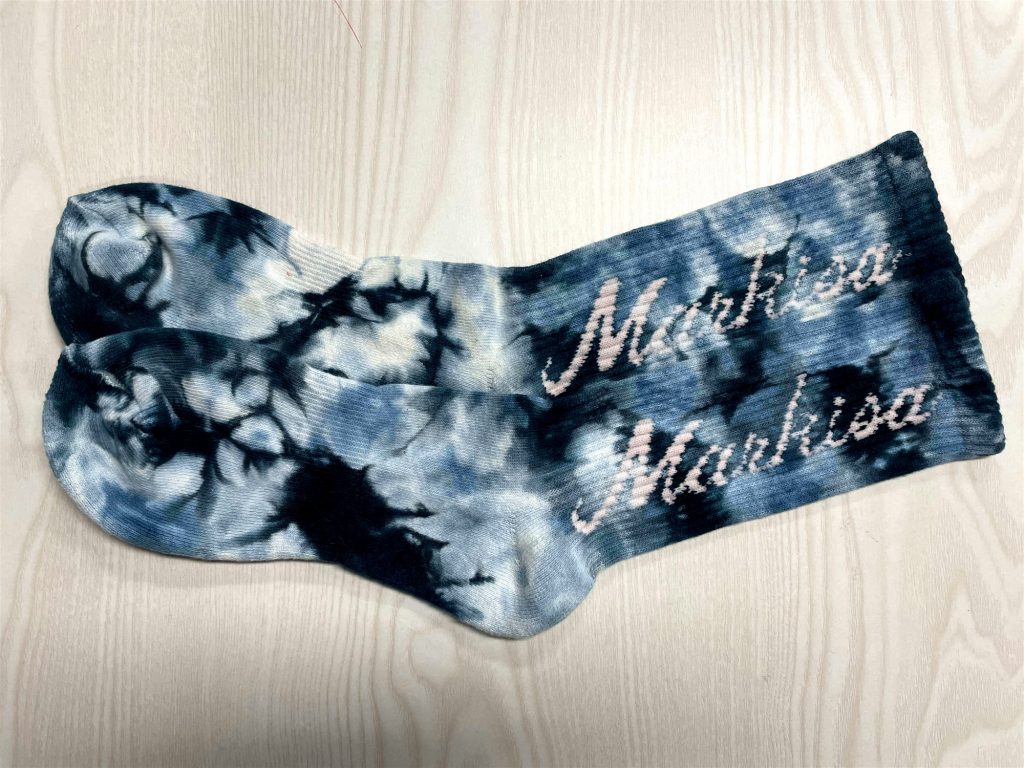
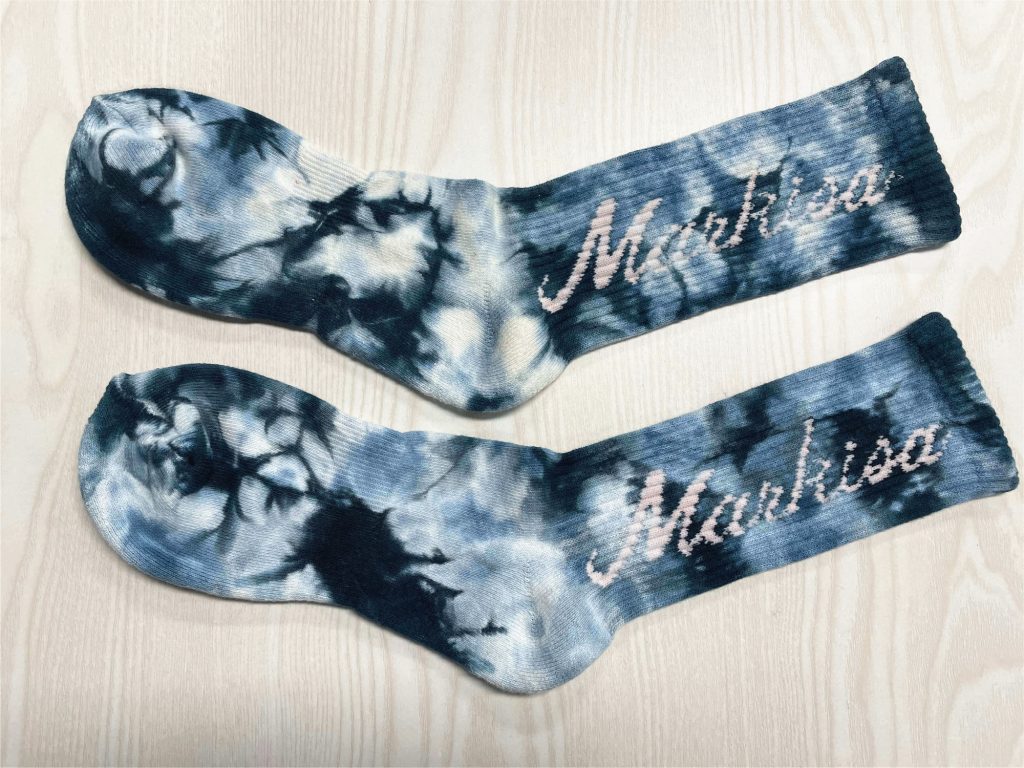
Both of these methods are the wrong ways to measure, as they do not align to the correct point.
You may think the two pieces of socks should be the same size but it will be affected by shrinkage as well. One new sock produced will be different compared to a sock produced used for 1 year or so, because there’s certain shrinkage between each material. In this way, you can ask the supplier to deal with pre-shrunk material for socks/ compression socks. And here we have a guide on how to choose the material.
Commen ways to measure socks
Now let me show the three basic measurements we do:
1. Central measurement:
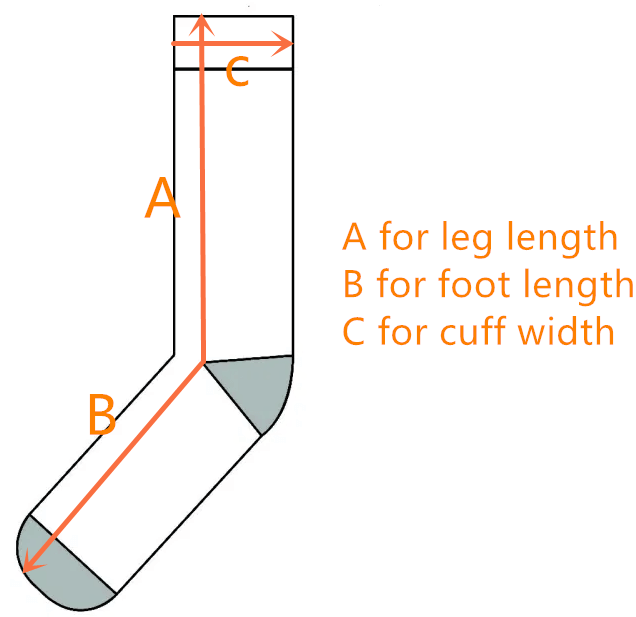
2. Folding measurement:
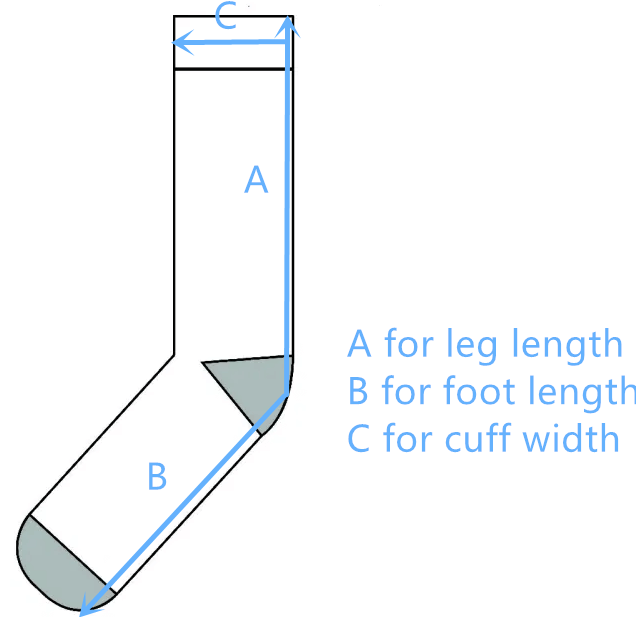
3. Crossover measurement:
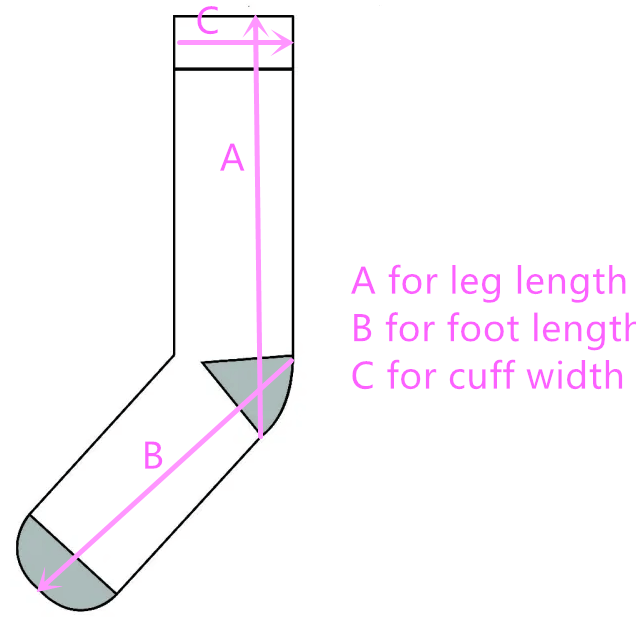
The central measurement is the most common and simplest method of measurement, as manual measurements are prone to error and the points that need to be aligned in the central measurement are easier to find, so this is the preferred method of measurement.
Measurement for straight shaped socks
Above are the ways to measure socks in a bent shape. There’re two shapes for socks, most of socks are bent boarding like below photo. Few will be shaped in straight, this will be used for printing sock, flight socks..etc. Below are photos of boards so you can get an idea.
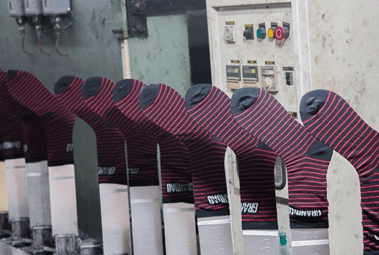
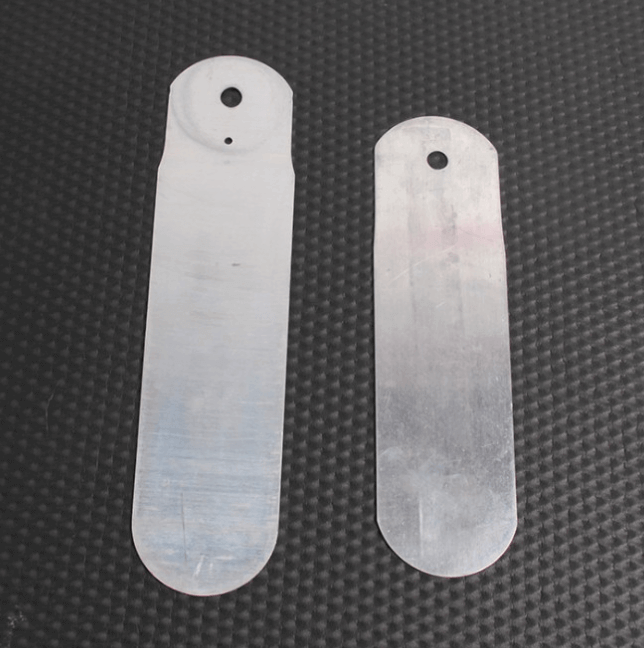
We also made a video of measurement as below:
Regular size chart for US and EU market
Below is the normal size chart in EU and US countries for your reference, and it’s for foot size since leg length is according to your request.
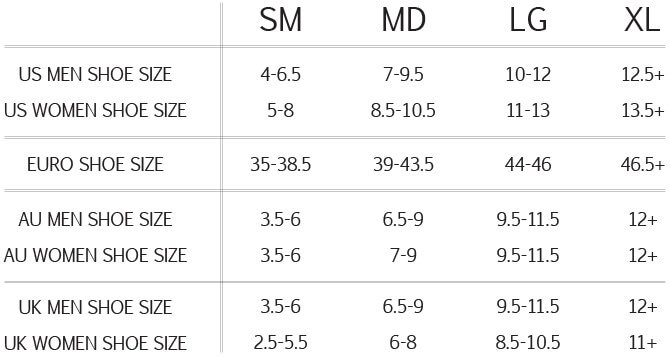
The best and easiest way is to ask for help from our factory directly. Feel free to contact us anytime!
FAQ
1. Why is finding the correct sock size so important?
An incorrect sock size is a common but overlooked problem. Socks that are too big will bunch up, causing painful blisters and premature wear. Socks that are too small can feel tight, restrict circulation, and leave uncomfortable marks on your skin. A proper fit is essential for both comfort and foot health.
2. Is my sock size the same number as my shoe size?
No, they use different scales. Your shoe size is the key to finding your sock size, but the numbers won’t match. For example, a men’s shoe size of 10-12 typically corresponds to a “Large” sock. Always use a brand’s sizing chart to convert your shoe size to their specific sock size.
3. What are the signs that my socks are too big?
The main clue is excess fabric. If the heel pocket rides up your Achilles tendon or the material bunches and wrinkles inside your shoe, your socks are too large. You may also feel the toe area fabric shifting around as you walk, which can cause friction and lead to discomfort.
4. How can I tell if my socks are too small?
Too-small socks feel tight and restrictive. They will often leave deep indentations on your ankles or calves and can make your toes feel cramped or curled. If the sock’s heel pocket doesn’t fully cup your heel and gets pulled down into your shoe, you definitely need to size up.
5. How should a properly fitting sock feel on my foot?
A perfect fit should feel snug but not tight—like a gentle hug for your foot. The heel pocket should sit perfectly on your heel, and the toe seam should lie flat across your toes without pulling or leaving excess room. Ultimately, a well-fitting sock should be so comfortable you barely notice it’s there.
